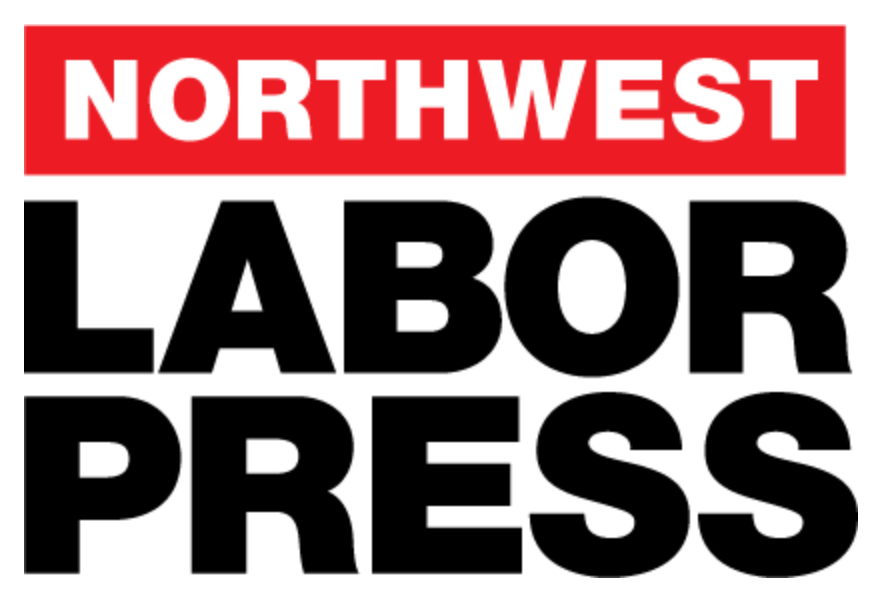Oregon legislators tend to shy away from significant legislation in the short session, but this February they’ll consider a biggie. The “Clean Energy Jobs” bill is the culmination of over a year of legislative committee work, and comes at a time when the federal government has abdicated any responsibility for slowing or mitigating climate change. With president Trump’s announcement that the United States will abandon commitments president Obama made at the Paris Climate Agreement, it’s falling to state and local governments to take action on climate change.
Oregon’s Clean Energy Jobs bill would create what proponents are calling a “cap-and-invest” program. It would set a cap on greenhouse gas emissions, issue permits for that amount of emissions, and auction off the permits. The amount of allowed emissions would shrink each year until 2050, at which point Oregon greenhouse gas emissions would be at least 80 percent lower than 1990 levels. The cap would only apply to fossil fuel importers and enterprises responsible for emitting the equivalent of 25,000 metric tons of CO2 emissions a year, about 100 companies in all. Emissions from agriculture and forestry operations wouldn’t be covered; nor would marine and aviation fuels.
The bulk of the funds the program collects — 85 percent — would pay for things like building efficiency, electric grid improvements, fuel-efficient transportation, and projects that promote resiliency in forestry, agriculture, and coastal areas.
Unlike with previous versions of this proposal, representatives of organized labor were invited to take part in crafting the bill, and while it’s not exactly as unions might have written it, the bill goes a long way to address concerns labor leaders raised about the potential for job loss and about the quality of the jobs the program would create.
For example, energy-intensive industries like paper mills and aluminum smelters that are exposed to foreign competition would be issued some allowances at no charge, which they could sell to fund energy efficiency improvements. Electric and gas utilities would also get allowances at no cost, and use the proceeds to reduce energy bills.
For any construction projects funded through the program, contractors will be required to participate in state-registered apprenticeship programs, and would have to have a history of compliance with all safety and labor laws. And state agencies administering funds could require the use of project labor agreements.
Any workers displaced by the program [and credible studies show there have been no job losses to date from a similar program in California] would get financial support including unemployment insurance and retraining and relocation assistance.
The proposal also mandates seats for labor union representatives on advisory committees that would oversee the program’s implementation.
The program would start in 2021.



